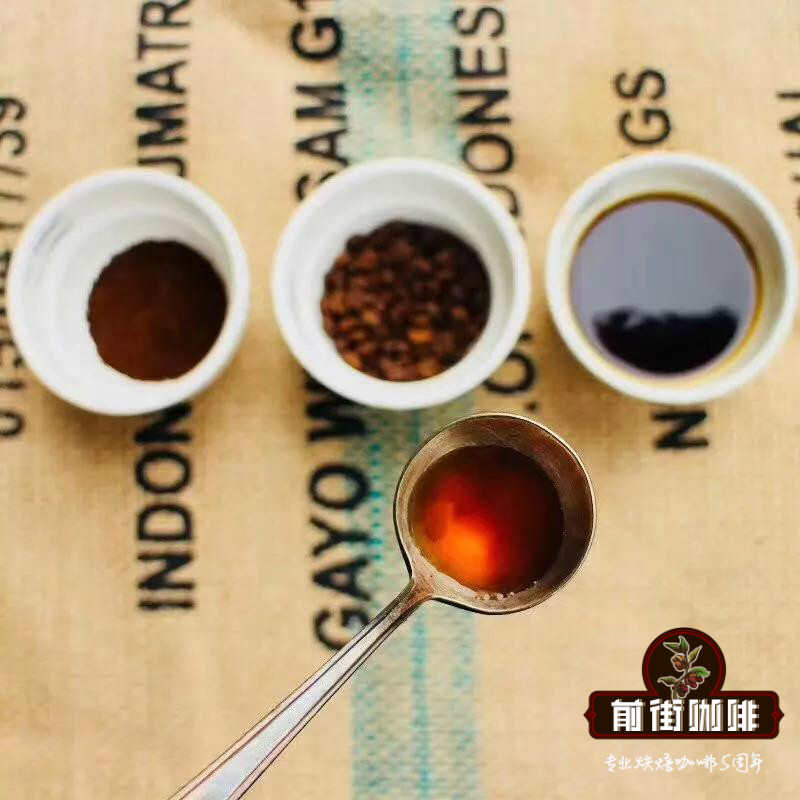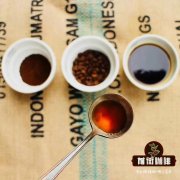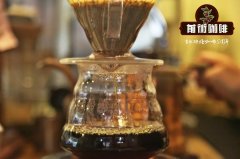The style characteristics of Costa Rican Coffee

Professional coffee knowledge exchange More coffee bean information Please pay attention to coffee workshop (Weixin Official Accounts cafe_style)
In the past, Costa Rica has succeeded in marketing its coffee according to the name of the producing region. However, tastes vary greatly within each region, so it's worth exploring each of the different regions to see what kind of coffee beans they produce.
CENTRAL VALLEY
Central Valley, Costa Rica's capital city San Jose is located here, which is the most densely populated area. It is one of the oldest coffee growing areas. It is usually divided into subdistricts of San José Heredia and Alajuela. Three major volcanoes in the region: Lrazu, Barva and Boaz affect the terrain and soil.
Altitude: 900- 1,600 m
Harvest: November to March
WEST VALLEY
West Valley, the first farmer settled in the 19th century and brought coffee. The area is divided into 6 sub-regions, surrounding the urban centers of San Ramon, Palmares, Naranjo, Greece, Sarchi and Athenas. Sarchi has a specific coffee variety called Villa Sarchi. The highest elevations in the region are located around Naranjo, and some amazing coffees can be found at the elevations of this region.
Altitude: 700- 1,600 m
Harvest: October ~ February
TARRAZU
Tarrazu has a reputation built up over the years, and the coffee from here can almost be considered a high-quality grade. But the coffee comes from different farms and is then blended into large batches. However, Tarrazu's brand has accumulated enough strength over the years that coffee produced outside the region is also labeled Tarrazu to increase its value. Costa Rica's highest coffee farms are located in this region, and like many other regions, profit points in time are evident during the dry season harvest.
Altitude: 1,200- 1,900 m
Harvest: November to March
If you like a light, sweet, tea-like coffee that tastes like honeydew and has a slight floral, lemon, and nutty flavor, Costa Rican honey-treated beans may be right up your alley. The so-called honey treatment refers to removing the outer skin of the coffee cherry fruit with a pulper first, and then removing the outer skin of the coffee cherry fruit. Green beans with pectin in shell are placed on a trellis for sun treatment. This water-saving treatment can make coffee taste sweeter.
Located in San Isidro de Heredia, Costa Rica's volcanically fertile Central Valley, Zamora Estate is the winner of the 2012 Costa Rican COE Coffee Competition. The farm is owned by the Rodríguez Carballo family, who have been engaged in coffee production since 1880. This coffee has a complex flavor with floral and ripe juicy fruit notes and a very clean taste.
Tarrazu, Costa Rica, is one of the world's leading coffee producers, producing coffee with a light, pure flavor and pleasant aroma. Costa Rica's volcanic soils are fertile and well drained, making it the first country in Central America to grow coffee and bananas for commercial value. Coffee and bananas are the country's main exports. Coffee was introduced to Costa Rica from Cuba in 1729, and today its coffee industry is one of the most organized in the world, producing up to 1700 kilograms per hectare. Costa Rica has a population of 3.5 million, but coffee trees number 400 million, and coffee exports account for 25% of the country's total exports.
High-quality Costa Rican coffee is known as "extra-hard" and can be grown at altitudes above 1500 meters. Altitude has always been a problem for coffee growers. Coffee beans are better at higher altitudes, not only because higher altitudes increase the acidity of coffee beans and thus enhance flavor, but also because lower night temperatures at higher altitudes cause trees to grow slowly, thus making coffee beans more flavorful. In addition, due to the high altitude drop caused by sufficient rainfall, the growth of coffee trees is also very favorable.
Important Notice :
前街咖啡 FrontStreet Coffee has moved to new addredd:
FrontStreet Coffee Address: 315,Donghua East Road,GuangZhou
Tel:020 38364473
- Prev

The style characteristics of Costa Rican Coffee
For more information on coffee beans, please follow the Coffee Workshop (Wechat official account cafe_style). In the past, Costa Rica has successfully sold its coffee according to the name of its producing area. However, tastes vary from region to region, so it is well worth exploring each region to see what kind of coffee beans they can produce. CENTRAL VALLEY
- Next

Myanmar, a coffee producer that almost disappeared from the world coffee map.
For information, please follow the Coffee Workshop (Wechat official account cafe_style). On July 13, 1813, Protestant missionaries known as the Apostles of Burma, Adoniram Judson and Ann Judson of the American Baptist Church came to Myanmar with Catholicism and coffee as indispensable drinks in daily life. In 1885, Burma became a British colony.
Related
- Does Rose Summer choose Blue, Green or Red? Detailed explanation of Rose Summer Coffee plots and Classification in Panamanian Jade Manor
- What is the difference between the origin, producing area, processing plant, cooperative and manor of coffee beans?
- How fine does the espresso powder fit? how to grind the espresso?
- Sca coffee roasting degree color card coffee roasting degree 8 roasting color values what do you mean?
- The practice of lattes: how to make lattes at home
- Introduction to Indonesian Fine Coffee beans-- Java Coffee producing area of Indonesian Arabica Coffee
- How much will the flavor of light and medium roasted rose summer be expressed? What baking level is rose summer suitable for?
- Introduction to the characteristics of washing, sun-drying or wet-planing coffee commonly used in Mantenin, Indonesia
- Price characteristics of Arabica Coffee Bean Starbucks introduction to Manning Coffee Bean Taste producing area Variety Manor
- What is the authentic Yega flavor? What are the flavor characteristics of the really excellent Yejasuffi coffee beans?

